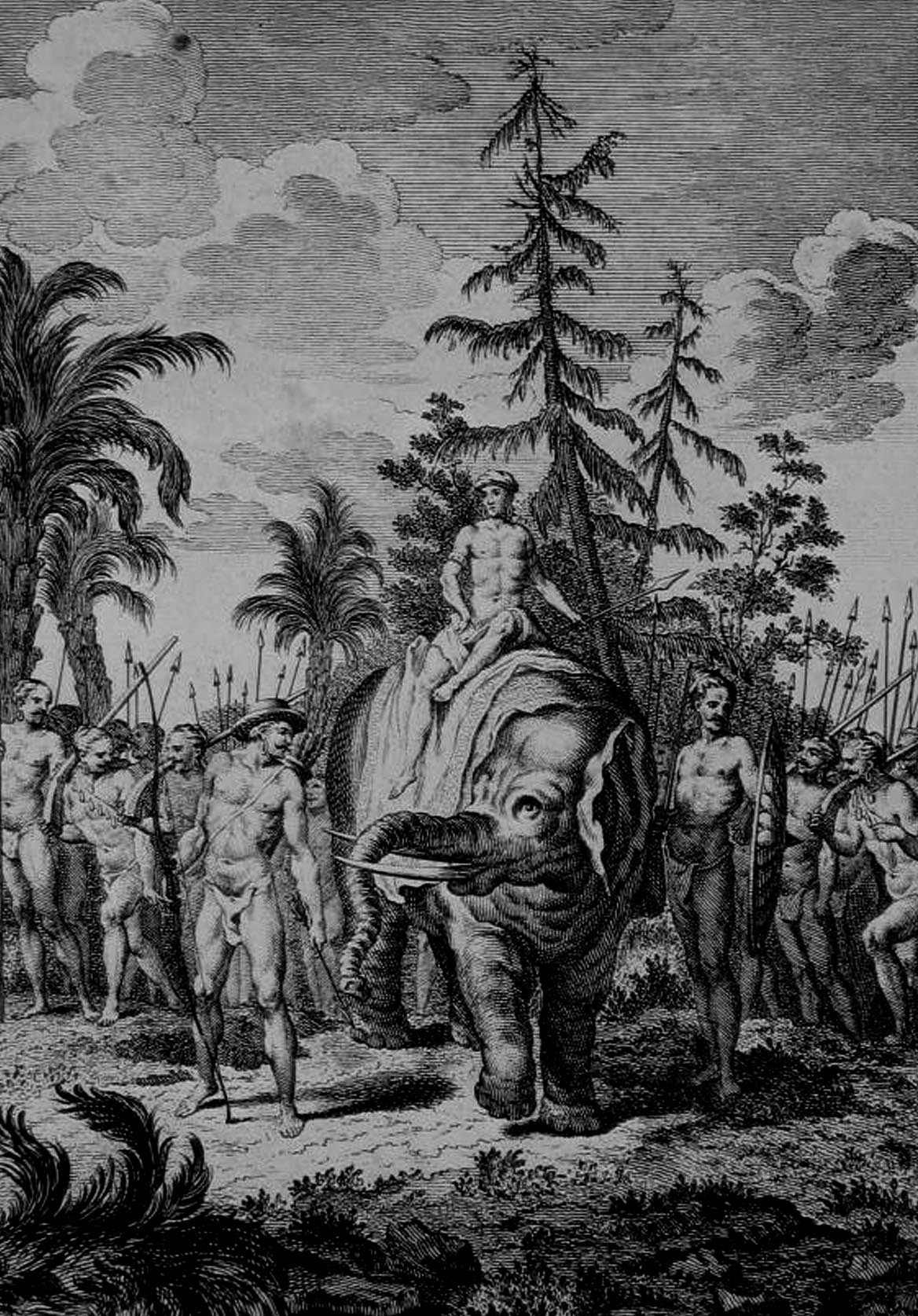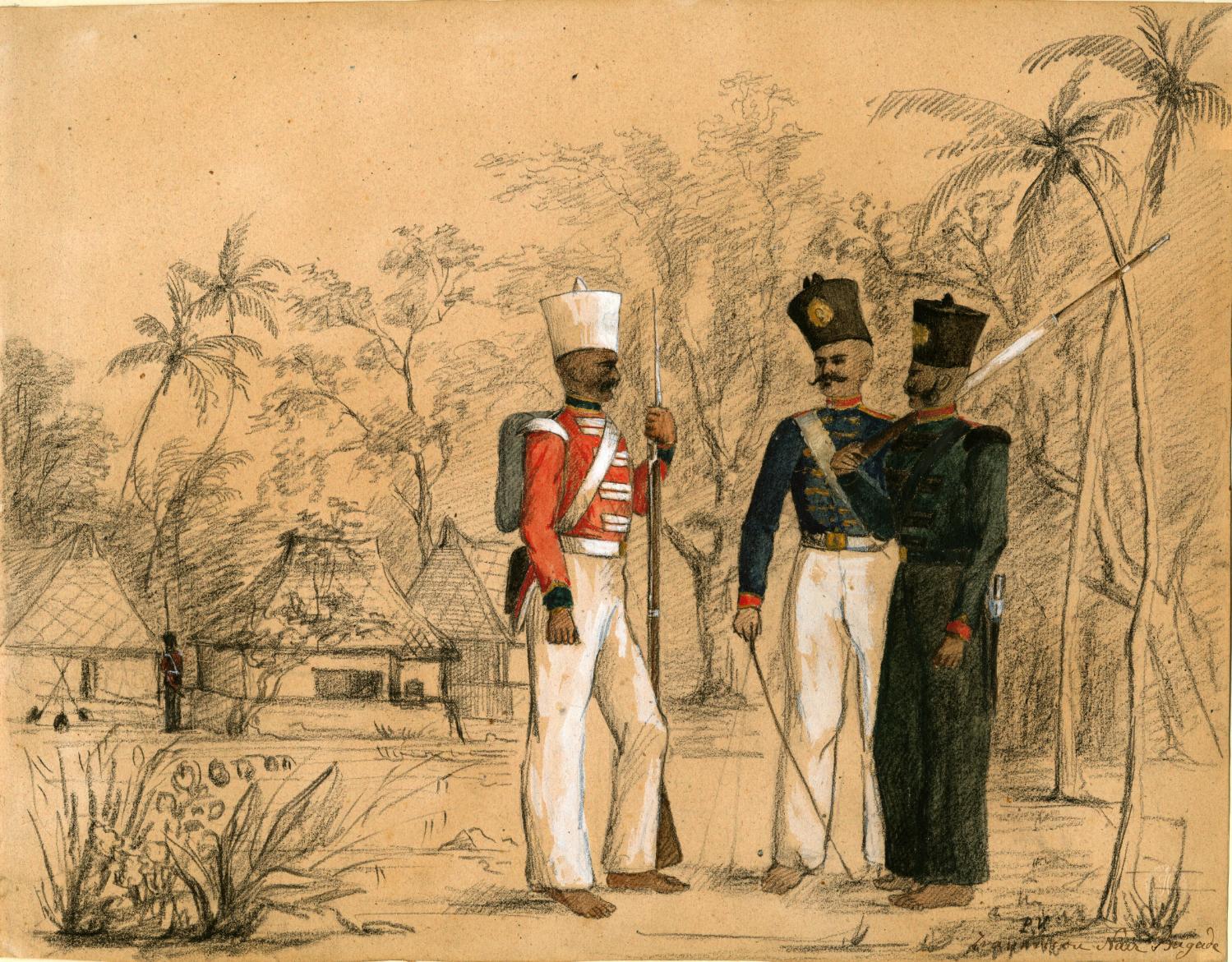|
Swaroopathil Nair
Swaroopathil Nairs or Chernna Nairs were one of the subcastes belonging to the Nair community in Kerala. This subcaste is found only in Travancore. In Malabar, two related subcastes, ''Akathu Chernna'' Nairs and ''Purathu Chernna'' Nairs, are treated as being equivalent to Swaroopathil Nairs in caste hierarchy. They formed the bulk of the soldiers who were under the military command of the Kiryathil Nairs, the pinnacle of the Nair hierarchy. Demographics According to the 1891 Census, Swaroopathil Nairs composed around 9.2% of the total Nair population, while Akathu Charna and Purathu Charna Nairs accounted for 3.3% and 11.1% respectively.The Internal Structure of the Nair Caste C. J. Fuller See also * Illathu Nair The Nair , also known as Nayar, are a group of Indian Hindu castes, described by anthropologist Kathleen Gough as "not a unitary group but a named category of castes". The Nair include several castes and many subdivisions, not all of whom histo ... * Demographi ... [...More Info...] [...Related Items...] OR: [Wikipedia] [Google] [Baidu] |
Nair
The Nair , also known as Nayar, are a group of Indian Hindu castes, described by anthropologist Kathleen Gough as "not a unitary group but a named category of castes". The Nair include several castes and many subdivisions, not all of whom historically bore the name 'Nair'. Fuller (1975) p. 309 These people lived, and continue to live, in the area which is now the Indian state of Kerala. Their internal caste behaviours and systems are markedly different between the people in the northern and southern sections of the area, although there is not very much reliable information on those inhabiting the north. Fuller (1975) p. 284 Historically, Nairs lived in large family units called ''tharavads'' that housed descendants of one common female ancestor. These family units along with their unusual marriage customs, which are no longer practiced, have been much studied. Although the detail varied from one region to the next, the main points of interest to researchers of Nair marriage custo ... [...More Info...] [...Related Items...] OR: [Wikipedia] [Google] [Baidu] |
Kerala
Kerala ( ; ) is a state on the Malabar Coast of India. It was formed on 1 November 1956, following the passage of the States Reorganisation Act, by combining Malayalam-speaking regions of the erstwhile regions of Cochin, Malabar, South Canara, and Thiruvithamkoor. Spread over , Kerala is the 21st largest Indian state by area. It is bordered by Karnataka to the north and northeast, Tamil Nadu to the east and south, and the Lakshadweep Sea to the west. With 33 million inhabitants as per the 2011 census, Kerala is the 13th-largest Indian state by population. It is divided into 14 districts with the capital being Thiruvananthapuram. Malayalam is the most widely spoken language and is also the official language of the state. The Chera dynasty was the first prominent kingdom based in Kerala. The Ay kingdom in the deep south and the Ezhimala kingdom in the north formed the other kingdoms in the early years of the Common Era (CE). The region had been a prominent spic ... [...More Info...] [...Related Items...] OR: [Wikipedia] [Google] [Baidu] |
Travancore
The Kingdom of Travancore ( /ˈtrævənkɔːr/), also known as the Kingdom of Thiruvithamkoor, was an Indian kingdom from c. 1729 until 1949. It was ruled by the Travancore Royal Family from Padmanabhapuram, and later Thiruvananthapuram. At its zenith, the kingdom covered most of the south of modern-day Kerala ( Idukki, Kottayam, Alappuzha, Pathanamthitta, Kollam, and Thiruvananthapuram districts, and some portions of Ernakulam district), and the southernmost part of modern-day Tamil Nadu (Kanyakumari district and some parts of Tenkasi district) with the Thachudaya Kaimal's enclave of Irinjalakuda Koodalmanikyam temple in the neighbouring Kingdom of Cochin. However Tangasseri area of Kollam city and Anchuthengu near Attingal in Thiruvananthapuram district, were British colonies and were part of the Malabar District until 30 June 1927, and Tirunelveli district from 1 July 1927 onwards. Travancore merged with the erstwhile princely state of Cochin to form Travancore-Cochin i ... [...More Info...] [...Related Items...] OR: [Wikipedia] [Google] [Baidu] |
Kiryathil Nair
Kiryathil Nair or Kiriyath Nair is a martial nobility caste belonging to the Kshatriya varṇa, which forms one of the highest-ranking subcastes of the Nair community along with the Samantha Kshatriyas with whom they share a close history. They constituted the ruling elites (''Naduvazhi'') and feudal aristocrats ('' Jenmimar'') in the regions of Malabar and Cochin in present-day Kerala, India, and have traditionally lived in ancestral homes known as ''Tharavads''. As the pinnacle of the Nair hierarchy, the Samanthan and Kiryathil Nairs were second only to the Namboodiri Brahmins in the social status system of Kerala, and outranked even the priestly Ambalavasis. In medieval Kerala, all of the kings belonged to extensions of the Samanthan and Kiryathil Nair castes, including the Zamorins of Calicut who were from the Eradi subgroup of the Samantan Nair subcaste, the Kollengode and Sekharivarma Rajas of Palakkad who were from the Samantan Menon subcaste, the kings of Travancore ... [...More Info...] [...Related Items...] OR: [Wikipedia] [Google] [Baidu] |
Chris Fuller (academic)
Christopher John Fuller is an emeritus professor of anthropology at the London School of Economics and a Fellow of the British Academy. He has studied and written extensively about the people of India, particularly with regard to subjects such as Hinduism, the caste system, and the relationship between globalisation and the middle-classes. Career Fuller was a lecturer in the Department of Social Anthropology at the University of Manchester prior to holding a similar position as lecturer in anthropology at the London School of Economics (LSE) between 1979–87. He was a reader in anthropology at the LSE between 1987–94 and has been an emeritus professor of anthropology there since 2009. Fuller's primary area of field research has been the state of Tamil Nadu, particularly between 1976–2001 at the Hindu temple in Madurai that is dedicated to Minakshi. His first fieldwork was among the Nair and Syrian Christian communities of Kerala in 1971–72. Fuller has also conducted fieldw ... [...More Info...] [...Related Items...] OR: [Wikipedia] [Google] [Baidu] |
Illathu Nair
The Nair , also known as Nayar, are a group of Indian Hindu castes, described by anthropologist Kathleen Gough as "not a unitary group but a named category of castes". The Nair include several castes and many subdivisions, not all of whom historically bore the name 'Nair'. Fuller (1975) p. 309 These people lived, and continue to live, in the area which is now the Indian state of Kerala. Their internal caste behaviours and systems are markedly different between the people in the northern and southern sections of the area, although there is not very much reliable information on those inhabiting the north. Fuller (1975) p. 284 Historically, Nairs lived in large family units called ''tharavads'' that housed descendants of one common female ancestor. These family units along with their unusual marriage customs, which are no longer practiced, have been much studied. Although the detail varied from one region to the next, the main points of interest to researchers of Nair marriage cus ... [...More Info...] [...Related Items...] OR: [Wikipedia] [Google] [Baidu] |
Demographics Of Nair Community
The total population of the Nair community is disputed, since there has been no caste-based census since 1931. The administrators of the British Raj had an abiding interest in ethnography but in post-independence India the policy has been generally to ignore it in censuses. The 1968 Socio-Economic Survey by the Government of Kerala gave the population of the Nair community as 14.41% of the total population of the state. But various sources cite figures ranging from 15%, 16%, 17.5%, 19% and 20%. There is also the practical difficulty of certain Nair subcastes declaring as independent caste. Out of those citizens who are eligible to vote in Kerala, 15% belong to the Nair community. Nair population has been declining in Kerala. Some of the districts in Kerala have only a small population of Nairs. Malappuram has a Nair population of 1.8% and Kasargode has about 2.1%. The most reliable population figures comes from two sources. The BCRC estimated Nair population at 14.47% of the to ... [...More Info...] [...Related Items...] OR: [Wikipedia] [Google] [Baidu] |

.jpg)
